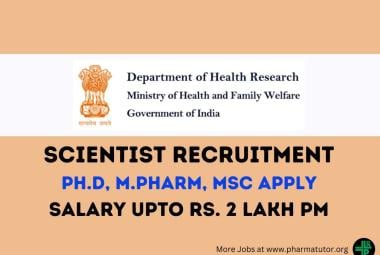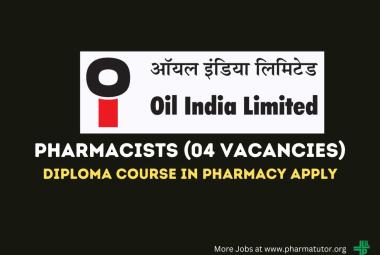PharmaTutor (April- 2014)
ISSN: 2347 - 7881
Received On: 14/02/2014; Accepted On: 20/02/2014; Published On: 01/04/2014
Author: C Velmurugan1*, Anurag Bhargava2
1Department of Pharmacology, Institute of Pharmaceutical sciences and Research center, Bhagwant University, Sikar road, Ajmer, Rajasthan, India.
2Department of Pharmacognosy, CH. Devi lal College of Pharmacy, Bhagwangarh, jagadhri, Haryana, India
*velu0906@gmail.com
ABSTRACT:
The hypoglycemic and hypolipidemic effect of ethyl ether and ethanol extracts of Gossypium Herbaceum (200mg/kg) leaves was evaluated with measurements including, blood glucose level and biochemical parameters. The extracts of the leaves was tested for its efficacy in alloxan-induced diabetic rats. Animals were induced for diabetes with Alloxan (150 mg/kg of body weight- i.p.). The extracts of Gossypium Herbaceum administered daily. The extracts were also evaluated for acute oral toxicity studies and its effect on different biochemical parameters. The extracts showed significant (p<0.01) antihyperglycemic and hypolipidemic activity as compared to diabetic control. The extracts show beneficial effects on blood glucose level in alloxan model. It also reduces the elevated biochemical parameters such as triglycerides (TGL), low density lipoprotein (LDL), very low density lipoprotein (VLDL), Total Cholesterol (TC) and increased the reduced level of high density lipoprotein (HDL), which might be due to presence of flavanoids, tannins, alkaloids and phenolic compound present in that extract. Thus extracts of Gossypium Herbaceum could serve as good oral hypoglycemic agents and seems to be promising for the development of phytomedicines for diabetes mellitus associated cardiac disorders.
How to cite this article: C Velmurugan, A Bhargava, Anti-Diabetic activity of Gossypium Herbaceum by Alloxan Induced Model in Rats, PharmaTutor, 2014, 2(4), 126-132












.png)

